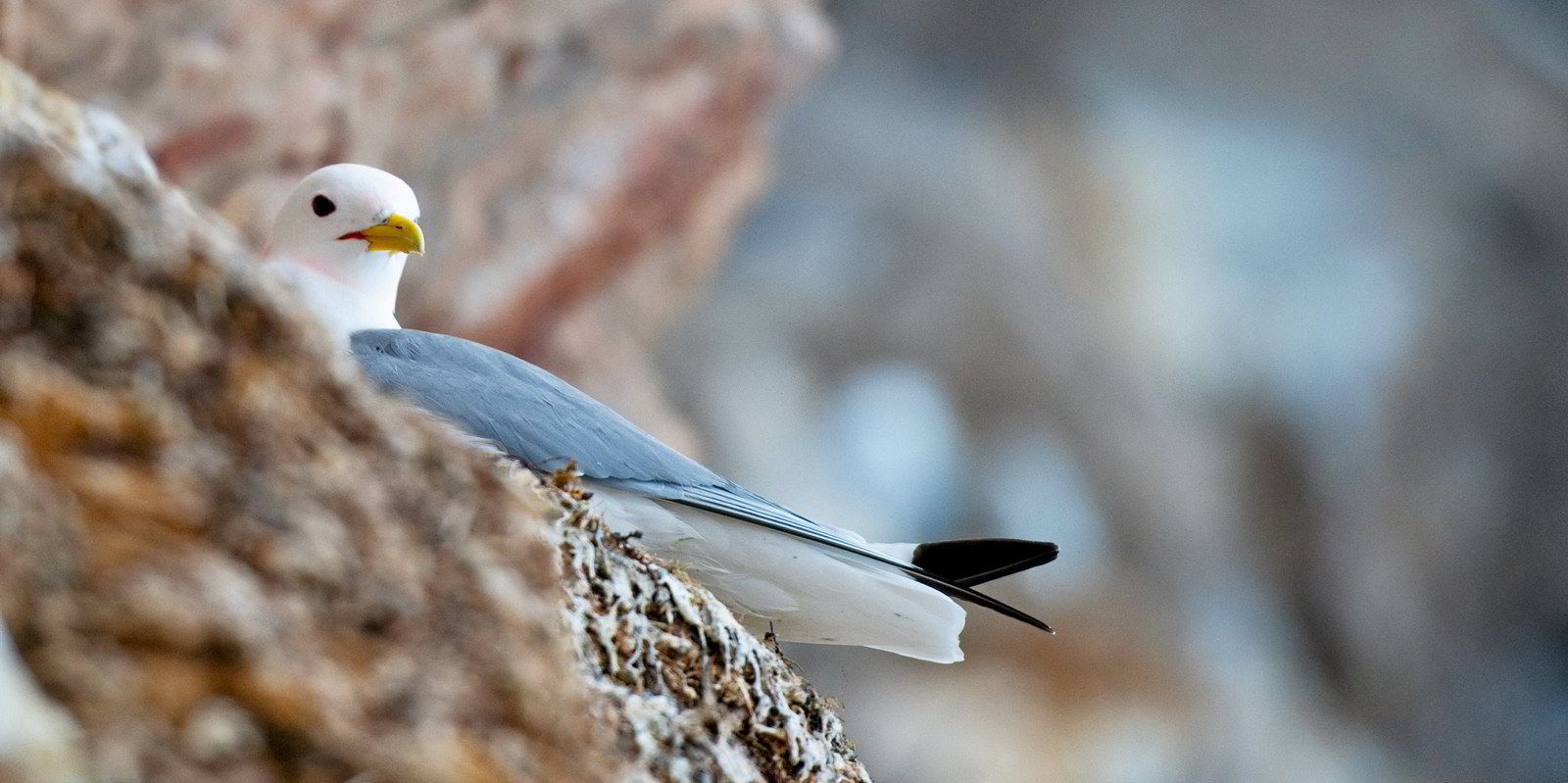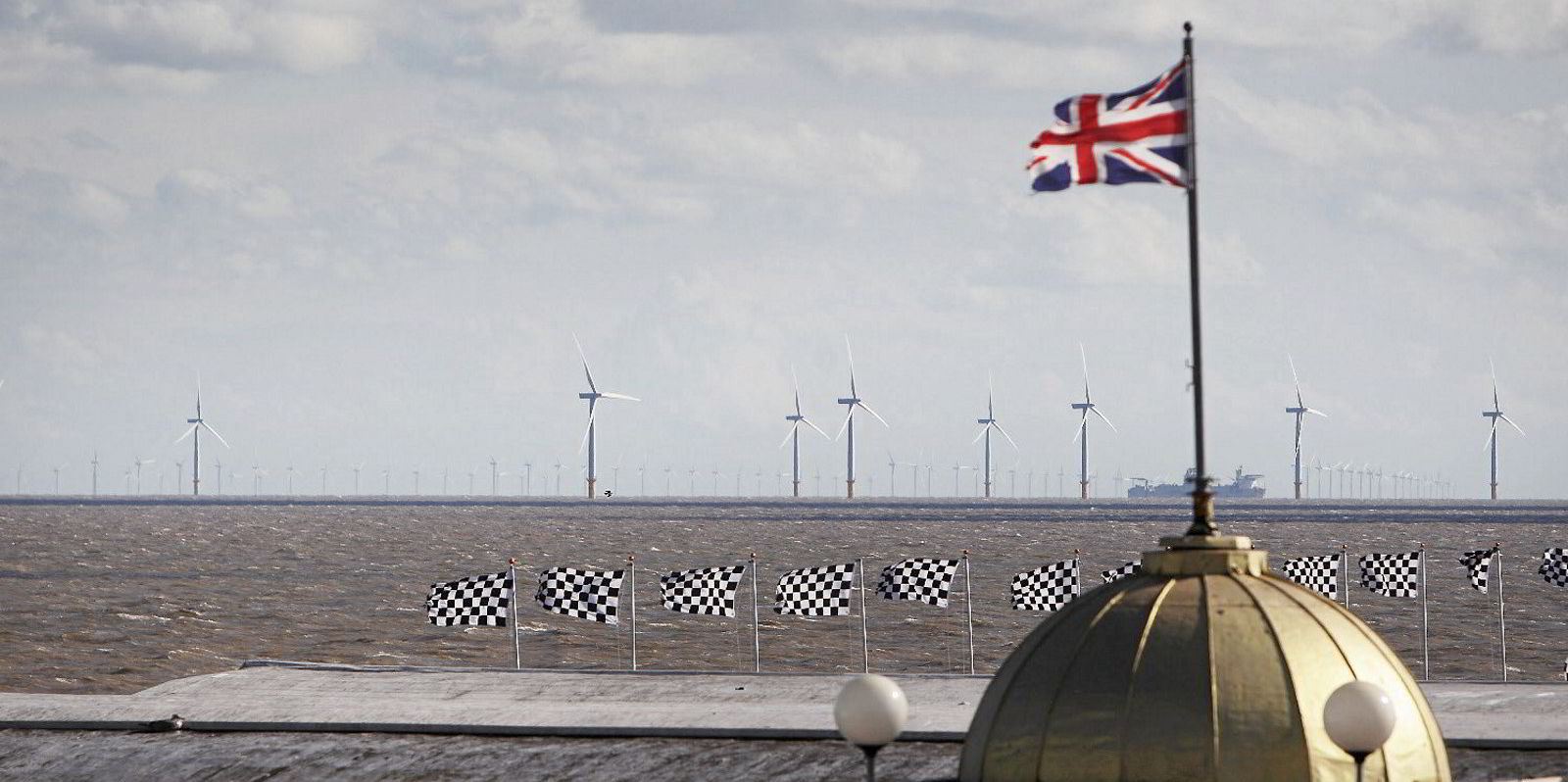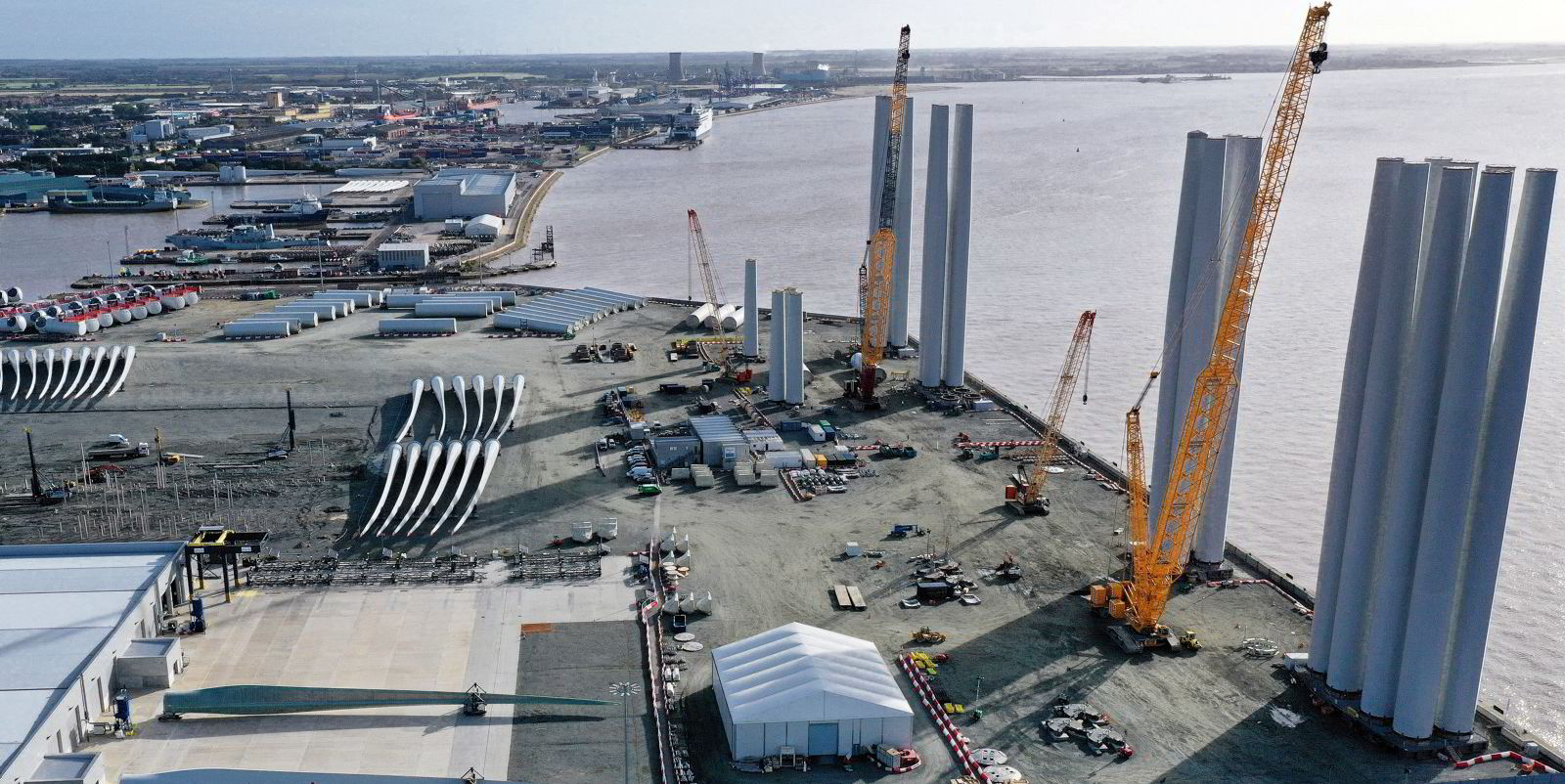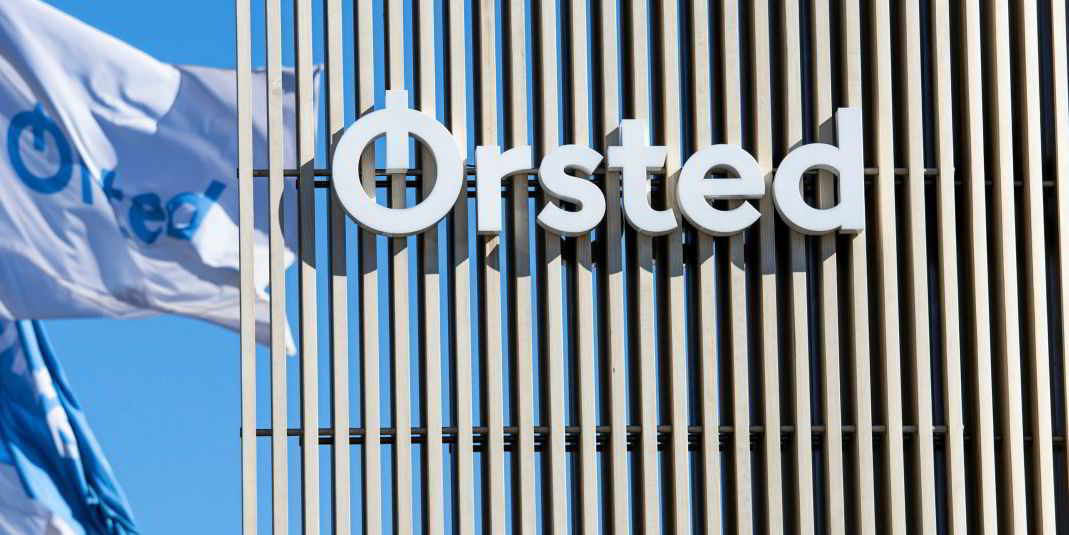UK seabed landlord The Crown Estate plans to let all six projects totaling up to 8GW of new offshore wind that won its Round 4 auction proceed to the next stage of its leasing process, in a boost to national ambitions to have 50GW installed by the end of the decade.
The Crown Estate said it has told the UK and Welsh governments it intends that the projects selected as preferred bidders in the February 2021 Round 4 can proceed to the final agreement for lease stage on the basis of ‘derogation’ – ensuring that measures are put in place to offset any adverse environmental impacts.
The announcement came after the body concluded its Habitats Regulations Assessment (HRA) of how the six projects in the North Sea and Irish Sea could harm the nation’s habitats.
It decided that adverse impacts cannot be ruled out on the Flamborough and Filey Coast’s kittiwakes and sandbanks of the Dogger Bank, both in the North Sea off eastern England, but said “compensatory measures can be secured to fully offset the potential harm to the two sites and to ensure that the overall coherence of the national site network is protected”.
Two of the lease areas awarded under Round 4 are in the North Sea, taking in two 1.5GW projects planned by RWE in the Dogger Bank area and a 1.5GW development further south by TotalEnergies and Green Investment Group. The other three projects – two 1.5GW wind farms planned by BP with EnBW, and a 480MW Cobra-led development – are in the Irish Sea off northwest England.
The Crown Estate said when reaching the decision it concluded that there are “clear, imperative reasons of overriding public interest to proceed, including the urgent need to deliver clean, renewable energy in support of the UK government’s ambition to deliver 50GW of offshore wind by 2030 and to reach the legally binding net zero target by 2050”.
Timely advancing of the Round 4 projects will be crucial to meeting the 50GW 2030 goal, up from less than 11GW now, which was recently upgraded from an earlier 40GW target as part of Britain’s response to the Ukraine crisis.
Compensating for North Sea environmental impacts, especially where kittiwakes are concerned, has already proved costly – in terms of time and money – for some of the biggest projects advancing off England’s east coast. Orsted in late 2020 came up with a plan to spend £15m ($20m) on special artificial bird nests to finally secure consent for its 2.4GW Hornsea 3 project.
Olivia Thomas, The Crown Estate's head of marine planning, said: “As pressures on our marine environment increase, it’s imperative that we can find ways to deliver the clean power that is urgently needed to help combat the energy crisis and deliver greater energy security, while recognising the importance of protecting habitats and biodiversity offshore.
“It’s therefore vital that any proposed developments are rigorously assessed to understand their impacts and that’s why we carefully followed the HRA process set out in the Habitats Regulations for the Round 4 plan.”




